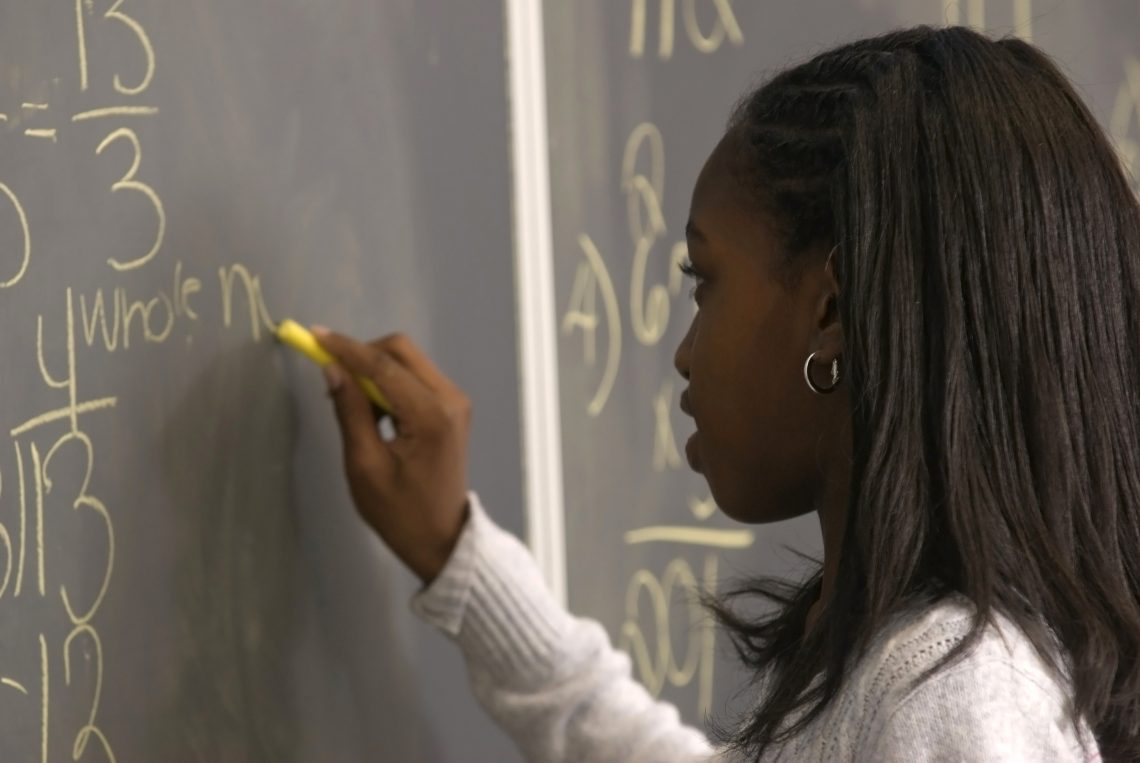
Teaching Kids the Foundation of Modern Mathematics: The Famous Set Theory
A herd of cows, a flock of birds, a school of fish – each of the words “herd”, “flock,” and “school” could be easily replaced by the word “set.”
A simple collection of objects or ideas – that’s the simpler definition you can get for a set.
In my own school life, when Venn Diagram started playing the main protagonist of most of my Mathematics class, I had considerable difficulty in understanding the logic behind such “complexities.”
Today, the tables have turned and look at me, writing an article based on the set theory that can help you make your kid better understand this famous mathematic theory.
The Origin of the Set Theory
The concept of sets was developed into a new branch of mathematics in the late nineteenth century by a German mathematician, Georg Cantor. Since the beginning of the twentieth century, set theory has developed rapidly and today it has important applications in nearly every branch of mathematics. In fact, most of today’s mathematics can be derived from this set theory.
Understanding the Notations of Sets
![]()
See, two kinds of notations for sets are in common use. One is the enumeration notation, in which we write {1, 7} for a set consisting of the numbers 1 and 7. And, when it comes to featuring the first two presidents of America, you’d write {George Washington, John Adams}.
The second notation is the set-builder notation, in which we write {x| x is a whole number} for the set of whole numbers and {y| y} was one of the first two presidents of America. We read that {x| x…} as “the set of all x such that x…” Thus {x| x is a whole number} is read “the set of all x such that x is a whole number.”
Woah…that was quite complicated isn’t it. Well, unfortunately, out of the two notations, the set builder notation is apparently the most frequently used in mathematics.
So, where were we?
Capital letters are usually used as symbols for sets. We write, for example, A = {x| x is a whole number}.
The members – also called elements – of a set are simply those things that make up a set. Thus the members of the set {2, 3} are the numbers 2 and 3. The members of the set [x| x is a United States citizen} are the citizens of the United States.
When we say two sets, like A and B, are equal (which will be written like A = B), every member of A is a member of B and conversely that every member of B is a member of A. For example, {1, 7} = {7, 1}.
Subset of Sets
Every member of the set {a, b} is a member of the set {a, b, c}. We say that {a, b} is a subset of {a, b, c} and write {a, b) ⊆ {a, b, c}. Every member of the set A = {x| x is an even number} is a member of the set B = {x| x is a whole number}. Therefore, we say that A is a subset of B and write A ⊆ B.
Union and Intersection of Sets

Just as two numbers can be combined by addition or multiplication to yield a third number, so can two sets be combined in various ways to yield a third set. In particular, given two sets, A and B, we can form their union, A U B – this is the set whose members are members of A or B (or both).
Let me give you an example:
{a, b} U {c, d} = {a, b, c, d}
This concept of union is used in many parts of mathematics. In elementary school, for example, the idea of the addition of whole numbers is made real to children by the use of set union. For instance, it corresponds to the addition fact 2 + 3 = 5.
Now, let’s move on to the concept of intersections.
Suppose A and B are sets. Then, the intersection of A and B, that is A ∩ B, is:
A ∩ B = {x| x ∈ A and x ∈ B}.
I’m not going to ask what you did understand, but rather what did you not? Share them in the comment section below and I’ll help you out.
You May Also Like

How Can I Treat Baby’s Febrile Seizure
2022-07-20
Choosing the Right Private School in Miami
2024-06-10

